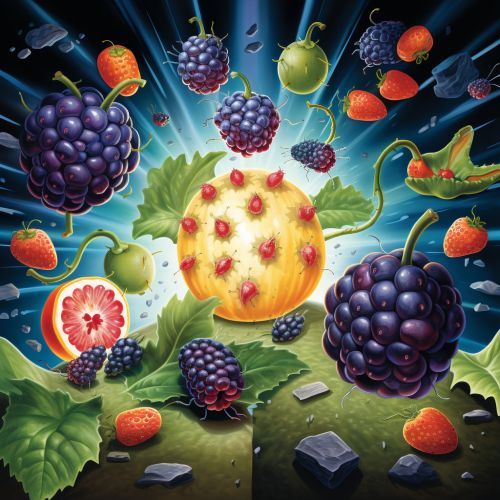Reactive Oxygen Species
Introduction
Reactive Oxygen Species (ROS) are chemically reactive molecules containing oxygen. These entities are integral to processes such as cell signaling and homeostasis. However, when overproduced, ROS can induce oxidative stress, leading to potential cellular damage. ROS are a natural byproduct of the normal metabolism of oxygen and have important roles in cell signaling and homeostasis. During periods of environmental stress, ROS levels can increase dramatically, causing significant damage to cell structures. ROS are also generated by exogenous sources such as ionizing radiation.

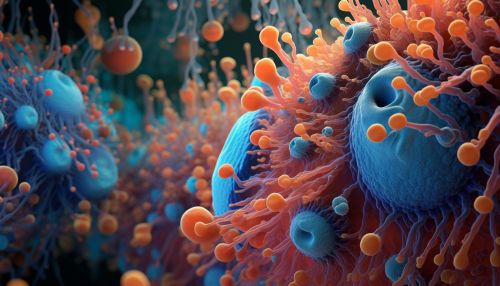
Types of Reactive Oxygen Species
ROS encompass a variety of radicals and non-radicals. Radicals are molecules with unpaired electrons, rendering them highly reactive. Non-radicals can easily transition into radicals by donating or accepting an electron. The primary types of ROS include superoxide (O2−), hydrogen peroxide (H2O2), and hydroxyl radical (OH−).
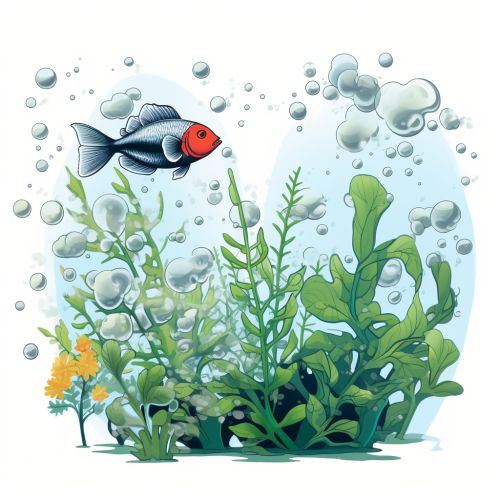

Production of Reactive Oxygen Species
ROS are produced as natural byproducts of the normal metabolism of oxygen and play crucial roles in cell signaling and homeostasis. However, during periods of environmental stress, ROS levels can surge dramatically, causing significant damage to cell structures. ROS can also be generated by exogenous sources such as ionizing radiation.


Role in Cellular Signaling
ROS are involved in the regulation of a multitude of biological processes, including cell proliferation, differentiation, and apoptosis. They can act as secondary messengers in intracellular signaling cascades, leading to the control of cellular processes such as proliferation, differentiation, and cell death.
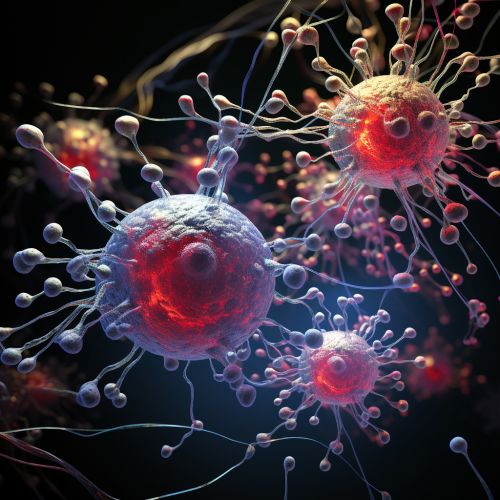
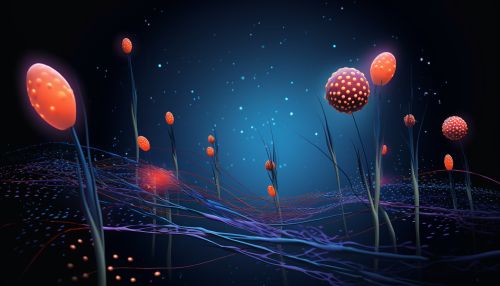
Oxidative Stress and Disease
When ROS production surpasses the capacity of antioxidant defenses, it results in oxidative stress. Oxidative stress can lead to a variety of diseases, including cancer, cardiovascular disease, neurodegenerative diseases, and aging-related disorders.
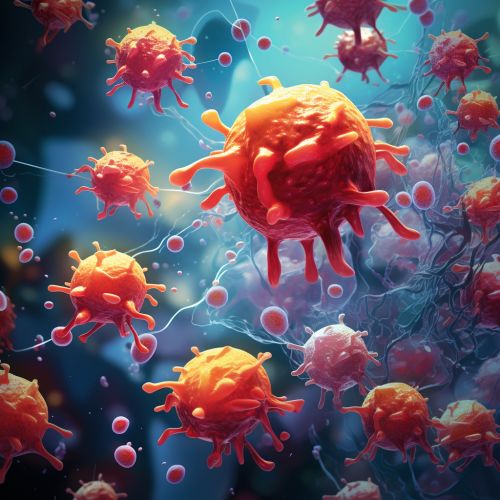
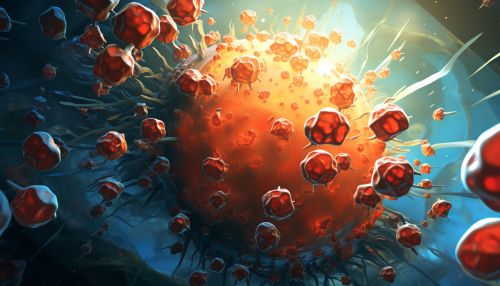
Antioxidant Defenses
Cells have developed a variety of antioxidant defenses to protect against ROS-induced damage. These include enzymes such as superoxide dismutase, catalase, and glutathione peroxidase, as well as non-enzymatic antioxidants such as vitamin C, vitamin E, and glutathione.
